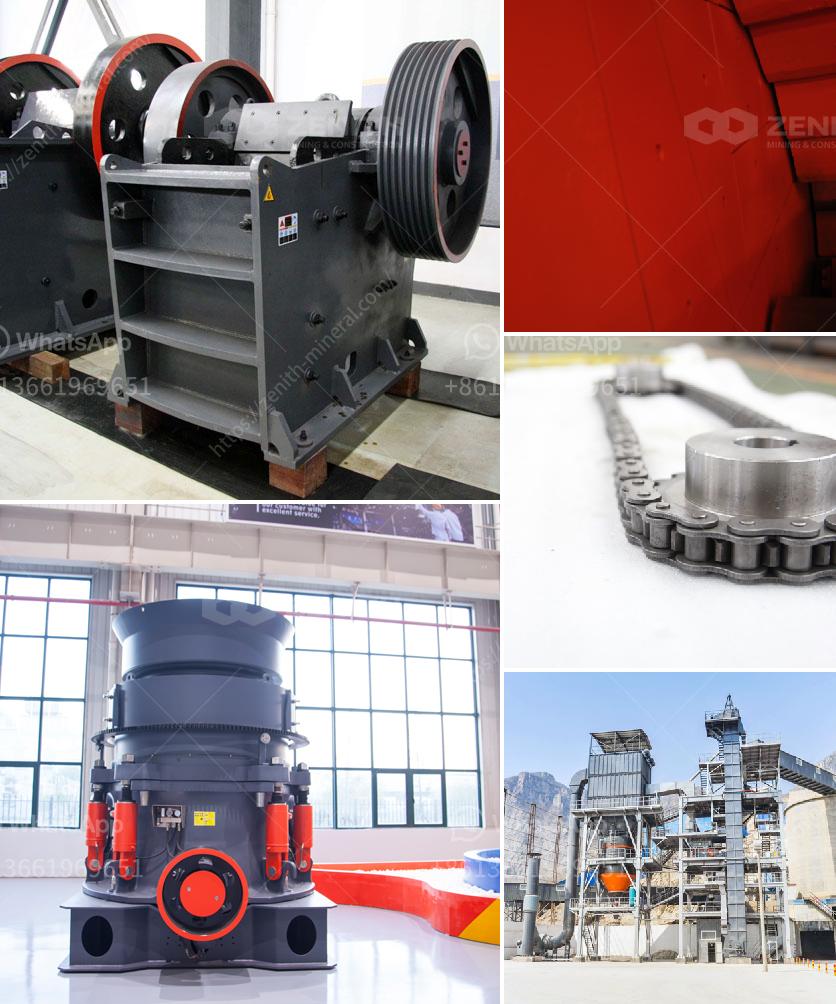Mining metals often leads to the production of various byproducts. The specific byproducts depend on the type of metal being mined and the extraction process used. Common byproducts of metal mining include:
- Sulfuric Acid: Often produced when sulfide ores are processed, especially in copper and zinc mining.
- Slag: A stony waste material left after the metal has been extracted from ore.
- Tailings: Residual materials left after separating valuable fractions from the uneconomic fraction of an ore.
- Fly Ash: A byproduct from burning pulverized coal in electric generation power plants, which can be associated with mining operations involving coal.
- Heavy Metals: Elements such as cadmium, lead, arsenic, and mercury can be co-extracted or released inadvertently and need to be managed.
- Gases: Including sulfur dioxide (SO₂), carbon dioxide (CO₂), and hydrogen sulfide (H₂S), which are often released during the smelting process.
- Chemicals: Such as cyanide or mercury, used in the extraction process, especially in gold mining, which can leave residues.
Byproducts from mining must be managed carefully to minimize environmental impact and ensure sustainable practices.

